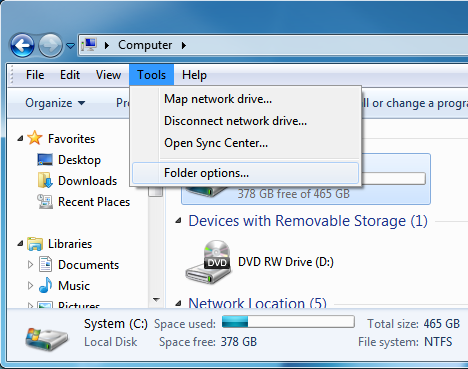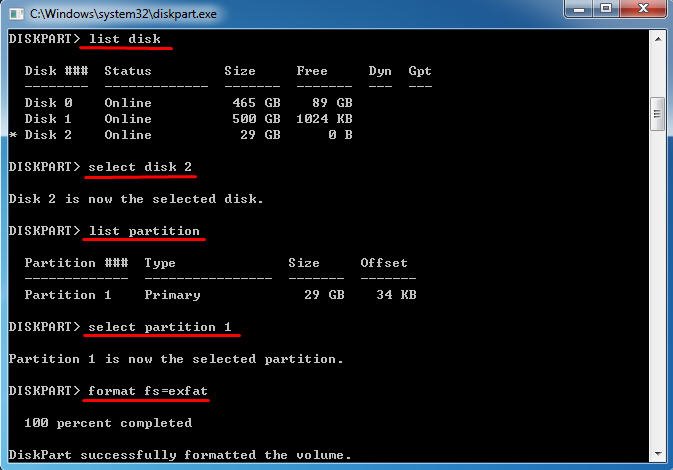
First, double-click the Drives section in the middle window.

On your keyboard, hold down the Windows key () and press R.If you buy a USB adapter, try connecting it without an adapter, or use another ideal adapter.Ĭheck Device Disk Management and Business Manager in Computer Management Console:.If you’re making a surge protector or strip, just plug the AC adapter directly into a wall outlet (desktop drives).Try the latest version of another output.No indicator means that the adapter is not connected to a power source. A power supply is usually required for desktop drives. Try the specific player on another computer.Try to connect drive a to eanother port on the computer.If your third-party hard drive is not available, try these basic troubleshooting tips first. If the person followed all these precautions and the drive is still not recognized, turn off the computer, wait about 3-5 minutes, restart your working computer and try again. Use only the certificateGUI cables, such as those listed for your LaCie drive. So, thanks Broski (I tried upping your comment but am too new to have permission).Īnyone coming late to the party, try the fsck pkill option.Disconnect the user interface cable, wait 10 seconds, and then simply reconnect it. I ran the command he recommended and lo! I got a pop-up warning on the desktop about the HDD having mounting issues and then looked in the Disk Utilities app to find it had now mounted A-OK. Further searches revealed, as expected, it might be an ExFAT on MacOS issue which lead me to this page and the reply from Broski. I tried the process mentioned on the other SE page, things like mount -t dev/disk2 Returned this /dev/disk2 (external, physical):Ģ: Microsoft Basic Data Storage_001 4.0 TB disk2s2 I then did a quick search for ways to force Mount HDDs and foun d another SE page with some useful Terminal commands.
#HOW TO SEE FILES ON MAC FORMATTED LACIE DRIVE ON WINDOWS 10 PC#
I unplugged it and tried it on a Windows PC and it worked fine, gave a warning about something being wrong but allowed access and it worked fine. It was shown in the Disk Utilities app but would not Mount (nothing would happen) and First Aid would not work on it (kept returning an error). It suddenly and unexpectedly did not Mount after a reboot. I have a 4TB WD My Passport, ExFAT, being used on MacOS 10.14.6 Just wanted to record my experience for those who follow after. macOS requires the EFI volume to be unmounted or it will complain about not properly ejecting disks. The volume that fails to mount is the primary exFAT volume. I/O size (minimum/optimal): 4096 bytes / 4096 bytes Sector size (logical/physical): 512 bytes / 4096 bytes Notice the GPT PMBR size mismatch – maybe it has some relevance? GPT PMBR size mismatch (4294967294 != 2743150591) will be corrected by w(rite).ĭisk /dev/sdq: 7.3 TiB, 8001562869760 bytes, 15628052480 sectors $ diskutil info disk2s2 | grep "Block Size" $ diskutil info disk2s1 | grep "Block Size" MacOS: $ diskutil info disk2 | grep "Block Size" I don't have the faintest idea where to start on this issue – what could be the problem here?


NB: (I tried following these instructions for FUSE for macOS, but I suppose they're not really relevant since exFAT should be supported natively in macOS these days.) Mount: disk2s2: unknown special file or file system.

The drive also shows up in diskutil as disk2s2 but I can't mount it: /dev/disk2 (external, physical):Ģ: Microsoft Basic Data WD My Book 8.0 TB disk2s2 The drive mainly contains a Synology HyperBackup file (.hbk) which makes up almost single-handedly all of those 4.2 TB.Īccording to Synology DiskStation, the main partition is exFAT and I think the EFI partition is vfat: As can be seen in the screenshot below, usage is around 4.2/8 TB. I have run "First Aid" with no errors.ĭisk Utility incorrectly thinks that the usage is 8/8 TB. The drive shows up in Disk Utility, but mounting does nothing. I am able to mount and read the drive when I connect it to the NAS, but not on macOS Sierra 10.12.6. I can't recall exactly how it was formatted, but I believe it was done with Synology's DiskStation for my Synology NAS. I have a Western Digital MyBook (25EE) 8TB External Drive.


 0 kommentar(er)
0 kommentar(er)
